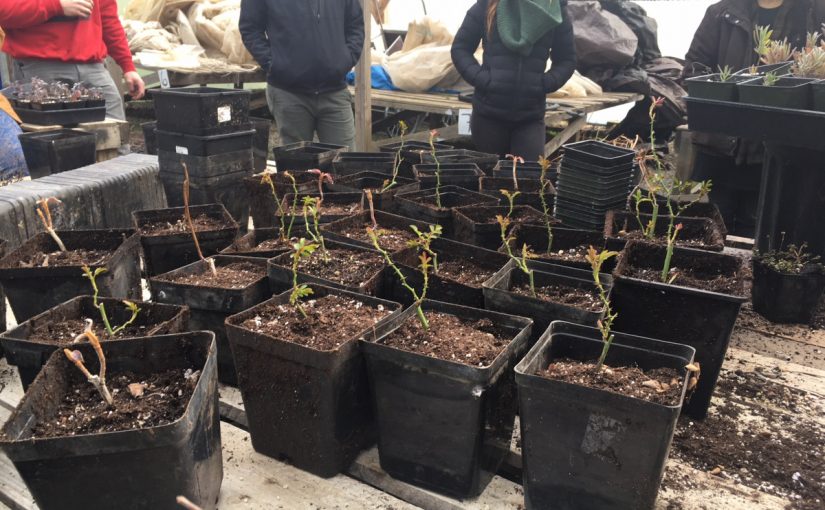Propagating plants asexually vis divisions of crowns or through cuttings is super beneficial as it is a (usually) free alternative to getting more plants. If you have a mother plant, you can take lots of cuttings to get more “clones” of that plant. Especially if it is a really expensive or unusual variety, this is an extremely cost effective way to get more plants for yourself. The major disadvantage to this method of propagation is it takes a long time for especially cuttings but also certain crown divisions to establish itself—often a couple of years, which means its taking up space and not producing anything for you. There is also a pretty high rate of failure for cuttings success, which can be frustrating.
In terms of sexual reproduction versus asexual reproduction, sexual reproduction introduces genetic variance into the offspring; they have the genes of both parents which can be good or bad depending upon what you’re looking for. For example, it is good if the original plant wasn’t producing well in the climate you’re growing in as genetic variety may allow for better yields, etc. but it is bad if you can’t predict the outcome of the sexual reproduction (i.e. roses from seed versus from cuttings; you know what you’re getting from the cutting as it’s a clone of the mother plant but it’s a total crap shoot what you might get from seed due to the genetic variance of the two parent plants).
When taking a hard wood cutting, you should be taking the cutting in the winter when your plants are dormant. Use only last year’s growth not anything that’s woody. Cut into pieces with 2-3 leaf buds, with the bottom cut just below a bud (that is where the roots will come from). Dip in rooting hormone or willow water (if organic) and place into either pearlite, vermiculite, or some sand mixture. These mediums have very high pore space, which will allow the little roots to more easily push through the medium. Give them a good soak and water often, can use willow water en lieu of regular water if desired. Keep out of direct sunlight for a month.
